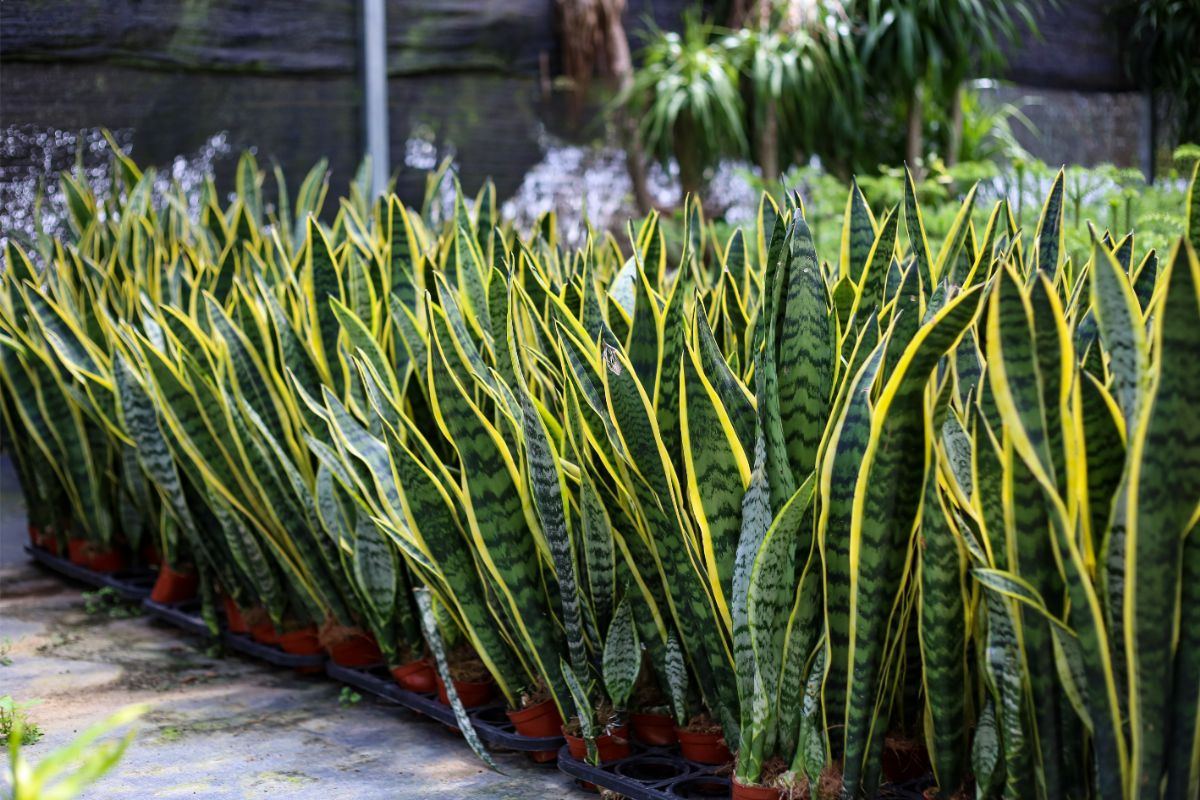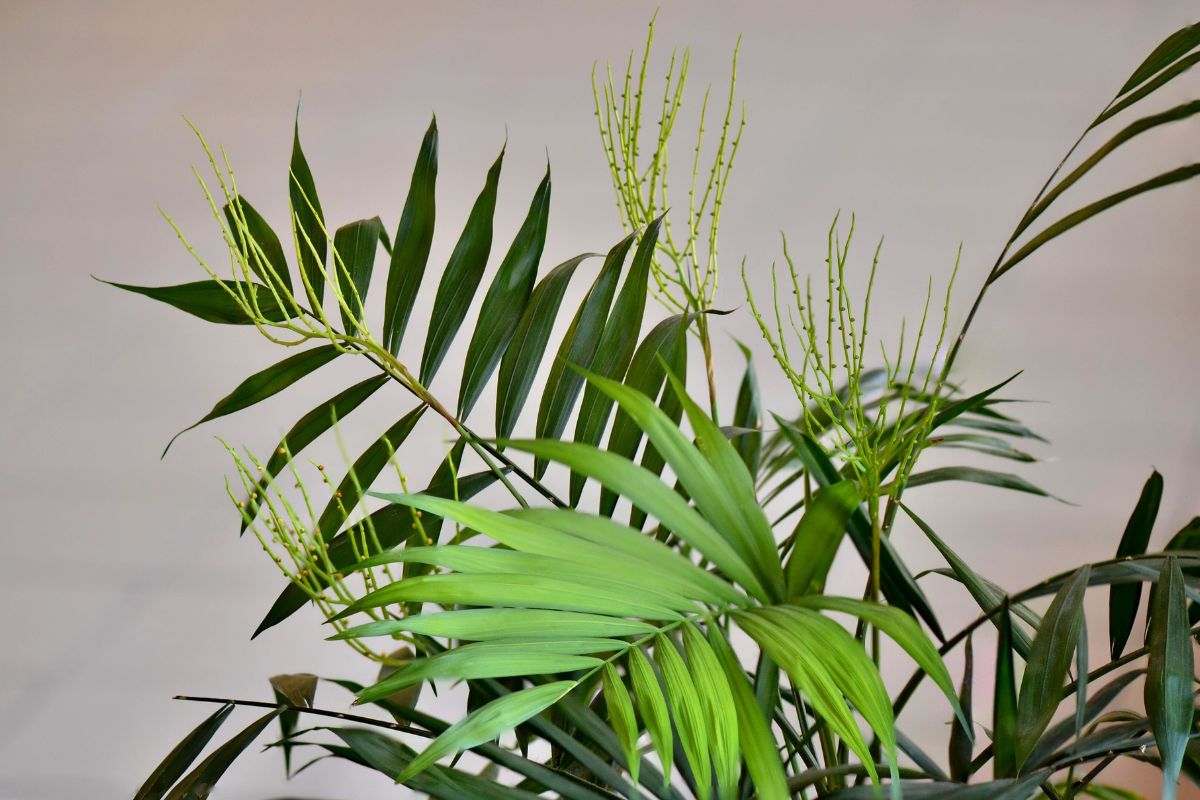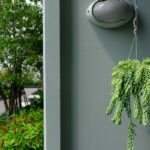If you’re looking to add some greenery to your basement, you’ll want to choose a plant that can thrive in low-light conditions.

Basements often lack natural light and have high humidity levels, making it a challenging environment for many plants to develop and live.
However, with the right plant selection, you can create an inviting and healthy indoor garden within your basement oasis.
When choosing a plant for your basement, it’s important to consider factors such as light, temperature, and humidity.
Some plants are better suited to these conditions than others, and can even help to purify the air and add a touch of nature to your living space. You just need to find the best plant to thrive in your basement.
Whether you prefer large or small houseplants, or those with a vibrantly colorful foliage, there is a basement plant out there for you. Read on to discover the best plants for basements that will bring life to your underground abode.
Basement Plant Characteristics
When we think of plants, we tend to associate them with needing sunlight and air. The last place you’d think a plant could survive is in the dark environment of a basement.
But, there are a range of plants that can not only survive such a space, but can even thrive!
Plants that do well in basements typically require low to medium light levels, as basements typically receive less natural light than other rooms in the house.
These plants should also be able to tolerate high humidity levels, as basements tend to be more humid than other areas of the home.
As well as these characteristics, it’s important to choose a plant that can tolerate cooler temperatures, as basements may be cooler than most other rooms in the house.
Lastly, it’s recommended to choose a plant that is low maintenance and does not require frequent watering or pruning.
By selecting a plant that can thrive in these conditions, you can transform a basement into a beautiful indoor garden.
With all of this in mind, let’s get down to business and explore the best basement plants below.
Basement Plants That Are Perfect For Your Basement
1. Cast Iron Plant (Aspidistra Elatior)

Also known as the bar-room plant, the Cast Iron plant is aptly named. Durable, hardy, and long-lasting, this plant will prosper in the harshest of conditions – even your basement!
Tolerant of neglect, the cast iron plant is capable of withstanding temperatures down to as little as 23 degrees Fahrenheit.
Even then, it doesn’t even show any signs of struggle, as its leaves remain intact and no symptoms of stress are present.
We must point out that you should not use any of the cast iron cultivars, such as Lennon’s Song, Asahi, Morning Sun, Starry Sky (Hoshi-Zora), and Variegata.
These plants will require more sunlight as they are not as hardy as the Cast Iron. For less variegated plants, such as the cast iron plant, low light environments are suitable.
2. Snake Plant (Sansevieria)

The Sake Plant, commonly referred to as the Mother-in-Law’s Tongue, is native to West Africa and is characterized by its long green leaves with yellow stripes.
It has a reputation for being nearly indestructible, as it can survive droughts and low to moderate light conditions. You know what that means; it is suited to basement life!
With moderate watering, typically only required every two weeks, the snake plant thrives and is an excellent option for spaces with limited natural light.
This plant is likely to outlive many other basement suitable plants, as it can live for decades in low light.
When choosing a Snake plant, you need to choose a less variegated one for basement life. This is because plants with more patterns and colors will tend to need more sunlight to thrive.
3. Pothos (Epipremnum Aureum)

Also known as a Golden Pothos, Devil’s Ivy, and Devil’s Vine, this plant is one of the easiest to grow. Originating from Southeastern Asia, the Pothos plant is easily distinguishable from others thanks to its green heart-shaped leaves that can sport yellow or white stripes at times, too.
It is also known for its winding vines that can reach up to 40 feet in length, so you better keep an eye on it! The Pothos plant can live with low to moderate light levels and requires drying out between watering sessions.
While most pothos plants can tolerate low light, some cultivars with variegated leaves, like Jessenia, pearls and jade, and marble queen, are not well-suited for low-light conditions.
However, you could consider trying the Golden pothos or Neon pothos, but keep in mind that if the plant doesn’t get enough light, its vibrant color may fade. As previously mentioned, it’s best to avoid most pothos cultivars in a basement apartment.
4. Baby Rubber (Peperomia Abtusifolia)

The Baby Rubber plant, also known as Peperomia obtusifolia in scientific circles, and Pepper Face by gardeners worldwide, is a rubbery plant with a texture close to that of plastic. As its name “Obtusifolia” alludes to, this is one “blunt-leave” plant.
It can grow to 10 inches when matured and tends to like low-light conditions best. However, this plant is not as hardy as some others on this list, as it is known to dry out pretty quickly when not watered enough.
Therefore, you should perform a soil test a few times a week to ensure it has enough water. This simply entails putting your finger in the soil and checking whether it is wet or bone dry. If bone dry, water the plant. Easy!
5. Monstera Plant (Monstera Deliciosa)

Commonly known as the Swiss Cheese Plant, due to its distinctive large, split leaves, the Monstera plant is perfect for your basement or areas with low levels of light.
Native to Central America, this plant can grow up to ten feet tall in its natural habitat. Even in a household setting, albeit, with proper care, it can still grow quite large.
The Monstera plant is adaptable to low-light conditions and only requires watering every one to two weeks, allowing the soil to dry in between.
Therefore, it is perfect for those who may not have enough time to constantly look after their houseplants.
While it prefers a humid environment, misting the leaves is considered suitable. To facilitate growth, it’s recommended to repot the plant several times a year while it’s still young. Add this to any space, and it will help give it a tropical vibe.
6. Spider Plant (Chlorophytum Comosum)

Sounding like something out of an arachnophobe’s nightmare, the Spider plant is actually a striking indoor plant that can make your basement look more welcoming.
This plant is an excellent companion for those who reside in basement apartments, as long as you don’t mind giving up cultivars with stripes, such as the Bonnie Spider plant, the zebra grass spider plant, or the Hawaiian spider plant.
It’s important to note that, like the pothos above, spider plant leaves that are variegated can lose their color in low light conditions. Therefore, you may want to give this a hard pass if you’re looking for something with longer lasting colors.
7. Chinese Evergreen (Aglaonema)

We all need some luck in our lives, and maybe the Chinese Evergreen plant will do just that. This is because it is also known as the “good luck” plant due to its incredible leaves that symbolize a stable life and a prosperous future.
This lucky plant comes in 22 different varieties and survives best in low-light settings. Too much sunlight, and this plant will suffer, meaning it is perfect for basement dwelling. You’ll be pleased to know that the Chinese Evergreen is pretty easy to care for.
It simply needs some moist soil and/or humidity to thrive. Just make sure it’s not in cold temperatures, as it will struggle.
The plant is characterized by its green foliage with white-stripes. However, different varieties of the plant have different colors and patterns.
If you’re new to the gardening game, this plant will make you feel like an expert in no time. Just be sure to wear gardening gloves when handling it, as its juices can cause irritation for some.
8. Parlor Palm (Chamaedorea Elegans)

The Parlor Palm, native to subtropical and tropical regions of the Americas, can grow over six feet tall with proper care and thrives in low-light settings, as well as near windows with morning or evening sun.
Although it produces fruit, it only lasts up to three years as its roots dislike disturbance. While beautiful and easy to care for, its fruit is not edible. Beautiful to look at and easy to care for, this is a must for any basement.
In Summary
Basements deserve some greenery, just like the rest of your home. Any of the plants above are perfect for your basement, and most require little care. Now, it’s just up to you to decide which ones you would like to add to your basement space.
- Best Hanging Plant For Low Light - September 4, 2023
- Best Indoor Plants Florida - August 28, 2023
- Best Plants For Bathroom Smells - August 21, 2023








